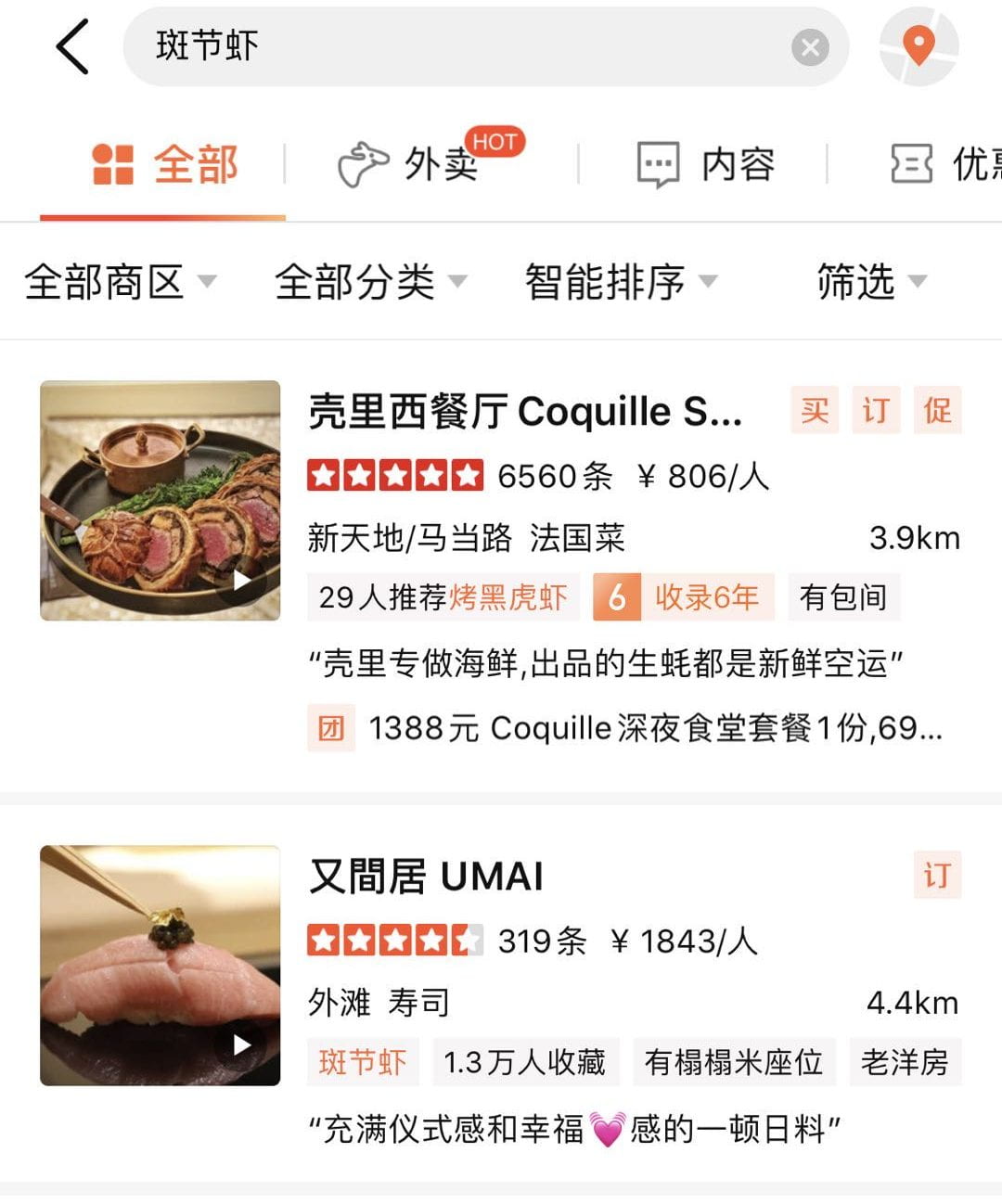For consumers, the transportation process of food has never been an issue they need to care about. In the market, The sales of the food is directly linked to food packaging. The “packaging” here includes factors such as appearance, place of production, freshness, taste, media promotion, etc. Food transportation has always been a professional field of knowledge and was ignored by the public. People generally assume that food transportation is something that large supermarkets and trading companies need to think about. It has nothing to do with the food they consume, let alone with politics.
Before the outbreak of COVID-19, cold chain transportation did not enter the public’s vision and was not fiercely discussed. As Jeffrey mentioned in the article, cold chain system was theoretically designed to provide an animal protein-based diet to global populations at first. And after 1880s, by when the cold storage network had expanded, the cargoes transported by cold chain turn various. Food like dairy, seafood, beers and other sturdy produce was transported all over the nation, even across the ocean to another continent.
Long-distance cold chain transportation gives food higher value and certain socio-economic meaning. “As with other infrastructure, refrigerated transportation system affected the economic values, social meanings, and sensory experience of foods that traveled through them”, Jeffrey writes. In fact, the logistics cost of the cold chain is internalized in the value of food. For example, beef from Japan (wagyu) , shrimp from South Africa (Kuruma shrimp/tiger prawn) or salmon from northern Europe remains fresh when shipped to China. They are labeled with “ import freshness” in the market or restaurant and sold at a pretty high price. People who are able to afford this kind of food are believed to have a higher social status. Therefore, people are not only paying for the food itself, but also the transportation system behind it.

Cold chain transportation has even affected the world pattern. The cold chain creates conditions for long-distance food transportation, which also increases cross-border food trade, making transnational cooperation and competition grow. Because of economic participation, cold chain transportation has also been given more political significance, and has even been regarded as a tool of political adjustment.
In the era of COVID-19, the international focus is on tracing the source of COVID-19. Found in the seafood market, the new corona virus is highly suspected to be carried by seafood. In particular, in recent times, seafood markets in Liaoning province, Qingdao and other places have detected imported seafood carrying corona virus, and as a result, people’s fear of bats has turned into the fear of seafood. Several months ago, a large number of Norwegian salmon were detected to be corona virus infected, and China implemented an import ban on Norwegian seafood. This is considered a microcosm of the political conflict between China and Norway. Because of the low temperature of cold chain, the corona virus can easily remain active in that environment, waiting to reach the other side of the ocean. Therefore, cold chain of seafood is under fierce discussion by the public that whether it should be continued with the risk of virus spread.
Leave a Reply